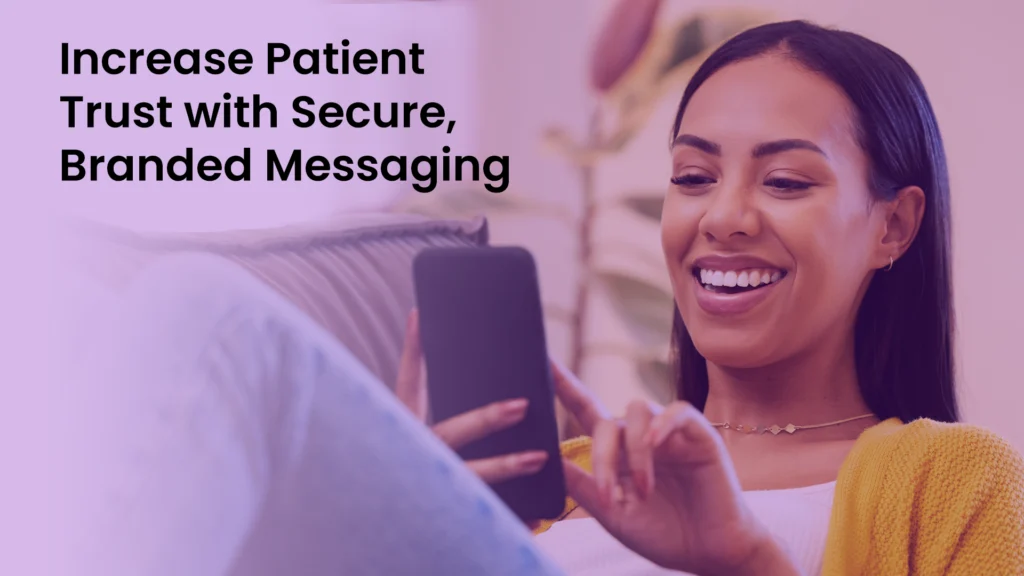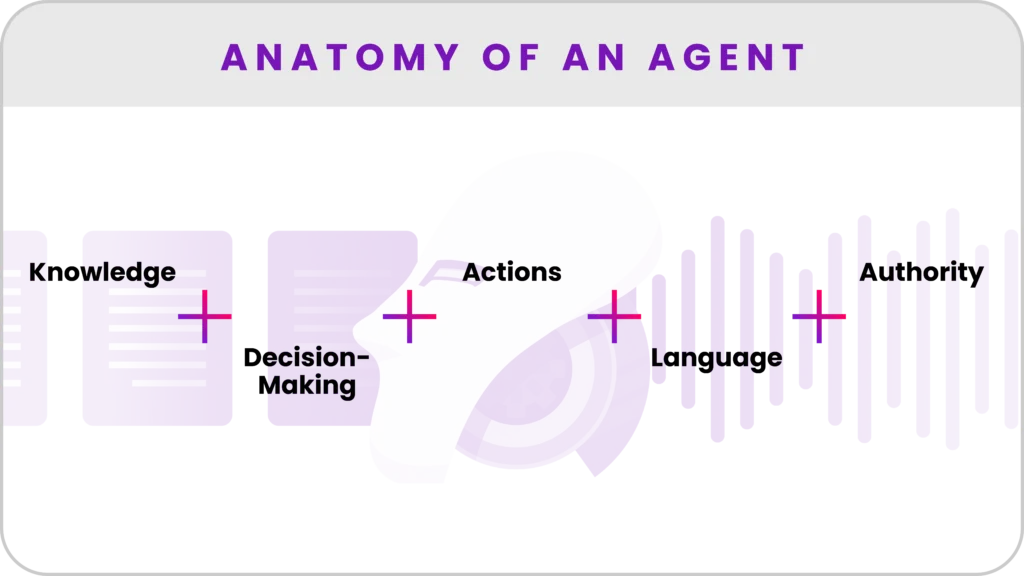On June 9, WELL™ Health presented a webinar, “Optimizing Revenue in Uncertain Times” for Fierce Healthcare based on the WELL™ playbook developed through research and customer feedback. The speakers were Meg Aranow, the Senior Vice President for Customer Success and Platform Evangelist at WELL, and Kristine Supple, the Director of Population Health and Ambulatory Medicine at Community Memorial Health System (CMHS) in Ventura, California. The discussion focused on how technology and process automation will play a big part to drive efficiencies in the revenue recovery cycle as the healthcare industry navigates toward operational and financial recovery after the COVID-19 pandemic.
From zero to over 9000 telehealth visits in two months
Aranow started by asking Supple about the various initiatives that CMHS took to keep patients informed during the pandemic to ensure that they would keep seeking medical services. Supple recalled that in March 2020 when patients couldn’t do in-person visits, CMHS decided they needed to leverage the WELL™ technology that was already established in many of their clinical workflows for patient outreach. She said, “It was really an opportunity to leverage, scale, and optimize workflows that we had worked hard to build as part of our foundation, pre-pandemic.” Supple attributes much of their success to being able to communicate with patients efficiently and effectively using texting. WELL also enabled CMHS to instantly launch a complete telehealth program so the health system went from no telehealth to 300 telehealth visits in the last week of March, to 9,339 visits across 15 outpatient clinics in April!
Quick test results restore patient confidence
Aranow introduced the topic of restoring patient confidence and how important it is for health systems to take back their own messaging especially since there were so many mixed messages from different sources during the pandemic. She advised health organizations to control their own communications and reach out to patients to make them feel safe to return to routine healthcare. Supple said restoring patient confidence is one of the areas that she is most proud of at CMHS since they were able to use WELL to quickly send negative COVID test results to their patients during a particularly anxious time. Due to WELL’s secure messaging, CMHS was also able to attach a document as proof of negative results so patients could show their employers. “WELL really streamlined that process for us and decreased patient angst and got them back to work. I think patients had quite a bit of confidence in our organization because we were able to be so proactive and efficient in a space that didn’t feel proactive and efficient during that time,” Supple said.
For patients with positive results, CMHS used WELL to send the results and immediately connected them with a nurse or physician to talk about follow-up planning. Another initiative CMHS did to promote patient confidence was to create campaigns to outreach to high-risk patients with information on vaccine availability during the first COVID vaccine rollout. When vaccinations were initially limited, this outreach was a huge service to their older and most vulnerable patients.
Addressing the high needs of the high-risk
Aranow asked Supple how CMHS dealt with risk stratification and the multiple needs of different high-risk populations. Supple offered an example of how CMHS created a remote patient monitoring program for OB patients that opted for being monitored at home. These patients received a Doppler ultrasound kit that was used in telehealth visits with their obstetrician through their pregnancy. CHMHS also utilized WELL so that these patients could communicate with a nurse or a doctor in real-time, offering patients who were reticent to come in another option. Supple felt these alternatives to in-person visits also allowed CMHS to be more creative and innovative in the marketplace.
Supple also talked about how CMHS transitioned nutritionists over to telehealth for their diabetic patients so that this high-need population would have continued access to a nutritionist and a certified diabetic educator. The diabetic care team sent out campaigns and messaging to keep in contact and make certain that they were able to wrap services around these high-risk patients.
The new meaning of “back to business”
For so many health organizations moving forward from the pandemic, “back to business” has taken on a new meaning so Aranow asked Supple what the new normal looks like for CMHS. Supple said there is now a large demand for postponed services such as wellness exams, pediatric vaccines, and other routine care. Getting patients in for routine screenings like colonoscopies has always been a priority for CMHS. They are proactively looking at lists of patients who have delayed care and utilizing WELL to make certain that these patients schedule appointments. CMHS also uses WELL for patient reminders like picking up colonoscopy packs at the pharmacy or fasting before their procedures.
Delayed surgeries are another area CMHS is getting caught up on so they also use WELL to message patients with information on where to go and how to prepare for surgery. During the pandemic, CMHS used WELL for a campaign about their pediatric vaccine drive-thru program so parents could bring their children to their parking lot for vaccinations. CMHS will continue to use WELL to remind those patients who may have deferred other vaccines during the past year to come in for vaccinations.
Texting referral updates help to reduce call center volume
The Optimizing Revenue in Uncertain Times playbook discusses various ways on how to use WELL technologies to streamline operations, and the one area WELL has been particularly successful is in call centers. WELL customers repeatedly report that using text rather than voice calls has really proven to be a huge boon to their call center efficiency. Aranow asked Supple how they used WELL to streamline operations at CMHS and Supple said texting has been especially helpful for referrals. She reported that there has been a huge demand for referrals now that patients are coming back into the office. To manage patients’ expectations around processing timelines, after submitting a referral, CMHS will text the patient informing them of the date the referral was submitted and to tell them it takes seven days to process. CMHS finds sending this status update cuts down on the number of calls from patients checking up on their referrals, thereby reducing their call volume.
Streamlining operations for behavioral health
When it comes to texting in the behavioral health specialty, Aranow reported that the experience has been all over the map with WELL™ customers in terms of comfort level due to privacy concerns. Supple said CMHS takes a very conservative approach to any type of texting within the context of behavioral health and launched two different behavioral health integration programs. One is a fee for service for Medicare patients, and the other program is through a grant from DHCS to do behavioral health integration for their medical patient population. CMHS utilizes the WELL secure messaging feature and texts are typically within the context of a telephone visit although they do have some virtual visits that are done via telehealth on their inpatient side. As they mature in this process, CMHS hopes to expand utilizing this WELL functionality in their behavioral health program. Supple also observed that since texting is now normalized as a form of patient communication, people are more accepting of texting as a form of communication in the behavioral health specialty.♥



